Use this nursing care plan and management guide to help care for patients with amputation of the limbs. Enhance your understanding of nursing assessment, interventions, goals, and nursing diagnosis, all specifically tailored to address the unique needs of individuals facing amputation. This guide equips you with the necessary information to provide effective and specialized care to patients dealing with pulmonary tuberculosis.
What is Amputation Surgery?
In general, the amputation of limbs is the result of trauma, peripheral vascular disease, tumors, and congenital disorders. For the purpose of this plan of care, amputation refers to the surgical/traumatic removal of a limb. Upper extremity amputations are generally due to trauma from industrial accidents. Reattachment surgery may be possible for fingers, hands, and arms. Lower-extremity amputations are performed much more frequently than upper-extremity amputations. Five levels are currently used in lower-extremity amputation: foot and ankle, below the knee (BKA), knee disarticulation and above (thigh), knee-hip disarticulation; and hemipelvectomy and translumbar amputation. There are two types of amputations: (1) open (provisional), which requires strict aseptic techniques and later revisions, and (2) closed, or “flap.”
Nursing Care Plans and Management
Nursing care for patients with amputation involves managing pain, providing wound care, promoting mobility and rehabilitation, offering psychological support, educating patients and their families, coordinating care with other healthcare professionals, monitoring for complications, and ensuring long-term follow-up. It includes addressing physical, emotional, and educational needs to help patients adapt to their new circumstances, regain independence, and improve overall well-being.
Nursing Problem Priorities
The following are the nursing priorities for patients with amputation:
- Promoting effective wound healing and minimizing edema
- Preventing infection through aseptic wound care
- Preventing complications such as hemorrhage, infection, joint contracture
- Providing support to cope with grief, body image changes, and psychological issues.
Nursing Diagnosis
Following a thorough assessment, a nursing diagnosis is formulated to specifically address the challenges associated with amputation based on the nurse’s clinical judgement and understanding of the patient’s unique health condition. While nursing diagnoses serve as a framework for organizing care, their usefulness may vary in different clinical situations. In real-life clinical settings, it is important to note that the use of specific nursing diagnostic labels may not be as prominent or commonly utilized as other components of the care plan. It is ultimately the nurse’s clinical expertise and judgment that shape the care plan to meet the unique needs of each patient, prioritizing their health concerns and priorities.
Nursing Goals
Goals and expected outcomes may include:
- The client will understand their situation, treatment plan, and safety measures, maintain functional positioning without contractures, demonstrate activity resumption techniques, and show willingness to participate in activities.
- The client will achieve timely wound healing; be free of purulent drainage or erythema, and be afebrile.
- The client will maintain adequate tissue perfusion as evidenced by palpable peripheral pulses, warm/dry skin, and timely wound healing.
- The client will demonstrate adaptation, acceptance of self, and accurate incorporation of changes into self-concept without compromising self-esteem while developing realistic plans for adapting to new roles or role modifications as an amputee.
Nursing Interventions and Actions
Therapeutic interventions and nursing actions for patients with amputation may include:
Enhancing Physical Mobility
1. Assess patient for reluctance to attempt movement, impaired coordination, decreased muscle strength, control, and mass.
Reluctance to attempt movement may indicate fear or lack of confidence in performing activities, while impaired coordination, decreased muscle strength, control, and mass can affect their ability to execute movements effectively. Loss of a limb, along with pain/discomfort, requires assessment to ensure appropriate pain management and support. Perceptual impairment, such as an altered sense of balance, can impact mobility and safety
2. Measure circumference periodically
Measurement is done to estimate shrinkage to ensure proper fit of sock and prosthesis.
3. Encourage the patient to perform prescribed exercises.
To prevent stump trauma.
4. Provide stump care on a routine basis: inspect the area, cleanse and dry thoroughly, and rewrap the stump with an elastic bandage or air splint, or apply a stump shrinker (heavy stockinette sock), for “delayed” prosthesis.
Provides an opportunity to evaluate healing and note complications (unless covered by immediate prosthesis). Wrapping the stump controls edema and helps form the stump into a conical shape to facilitate the fitting of the prosthesis.
5. Rewrap the stump immediately with an elastic bandage, and elevate if the “immediate or early” cast is accidentally dislodged. Prepare for reapplication of the cast.
Edema will occur rapidly, and rehabilitation can be delayed
6. Assist with specified ROM exercises for both the affected and unaffected limbs beginning early in the postoperative stage.
Prevents contracture deformities, which can develop rapidly and could delay prosthesis usage.
7. Encourage active and isometric exercises for the upper torso and unaffected limbs.
Increases muscle strength to facilitate transfers and ambulation and promote mobility and more normal lifestyle.
8. Maintain knee extension.
To prevent hamstring muscle contractures.
9. Provide trochanter rolls as indicated.
Prevents external rotation of lower-limb stump
10. Instruct the patient to lie in the prone position as tolerated at least twice a day with a pillow under the abdomen and lower-extremity stump.
Strengthens extensor muscles and prevents flexion contracture of the hip, which can begin to develop within 24 hr of sustained malpositioning.
11. Caution against keeping the pillow under a lower-extremity stump or allowing the BKA limb to hang dependently over the side of the bed or chair.
The use of pillows can cause permanent flexion contracture of the hip; a dependent position of the stump impairs venous return and may increase edema formation.
12. Demonstrate and assist with transfer techniques and use of mobility aids like trapeze, crutches, or walkers.
Facilitates self-care and patient independence. Proper transfer techniques prevent shearing abrasions and dermal injury related to “scooting.”
13. Assist with ambulation.
Reduces the potential for injury. Ambulation after lower-limb amputation depends on the timing of prosthesis placement.
14. Instruct patient in stump-conditioning exercises.
Hardens the stump by toughening the skin and altering feedback of resected nerves to facilitate the use of the prosthesis.
15. Provide foam or flotation mattress.
Reduces pressure on skin and tissues that can impair circulation, potentiating the risk of tissue ischemia and breakdown.
16. Refer to the rehabilitation team.
Provides for the creation of exercise and activity programs to meet individual needs and strengths, and identifies mobility functional aids to promote independence. Early use of a temporary prosthesis promotes activity and enhances general well-being and a positive outlook.
Promoting Wound Healing and Preventing Infection Risk
During emergency treatment, monitor vital signs (especially in hypovolemic shock), clean the wound, and give tetanus prophylaxis, and antibiotics as ordered.
To prevent skin infection.
Inspect dressings and wounds; note characteristics of drainage.
Early detection of developing infection provides an opportunity for timely intervention and prevention of more serious complications.
Monitor vital signs.
Temperature elevation and tachycardia may reflect developing sepsis.
Obtain wound and drainage cultures and sensitivities as appropriate.
Identifies the presence of infection and specific organisms and appropriate therapy.
After a complete amputation, wrap the amputated part in a wet dressing soaked in normal saline solution. Label the part, seal it in a plastic bag, and float the bag in ice water.
This is performed so that it is not inadvertently discarded.
Flush the wound with a sterile saline solution, and apply a sterile pressure dressing.
Prevent introduction to bacteria.
Maintain an aseptic technique when changing dressings and caring for the wound.
Minimizes opportunity for the introduction of bacteria.
Maintain patency and routinely empty drainage device.
Hemovac and Jackson-Pratt drain facilitates the removal of drainage, promoting wound healing and reducing the risk of infection.
Cover the dressing with plastic when using the bedpan or if incontinent.
Prevents contamination in lower-limb amputation.
Expose stump to air; wash with mild soap and water after dressings are discontinued.
Maintains cleanliness, minimizes skin contaminants and promotes healing of tender and fragile skin.
Administer antibiotics as indicated.
Wide-spectrum antibiotics may be used prophylactically, or antibiotic therapy may be geared toward specific organisms.
Promoting Effective Tissue Perfusion
Monitor vital signs. Palpate peripheral pulses, noting strength and equality.
General indicators of circulatory status and adequacy of perfusion.
Perform periodic neurovascular assessments (sensation, movement, pulse, skin color, and temperature).
Postoperative tissue edema, hematoma formation, or restrictive dressings may impair circulation to the stump, resulting in tissue necrosis.
Inspect dressings and drainage devices, noting the amount and characteristics of drainage.
Continued blood loss may indicate the need for additional fluid replacement and evaluation for coagulation defect or surgical intervention to ligate bleeder.
Check the bandage regularly.
To prevent further complications.
Investigate reports of persistent or unusual pain in the operative site.
A hematoma can form in the muscle pocket under the flap, compromising circulation and intensifying pain
Evaluate non-operated lower limb for inflammation, positive Homans’ sign.
Increased incidence of thrombus formation in patients with preexisting peripheral vascular disease and diabetic changes.
Monitor laboratory studies: Hb and Hct.
Indicators of hypovolemia and dehydration that can impair tissue perfusion.
Monitor PT and activated partial thromboplastin time (aPTT).
Evaluates the need and effectiveness of anticoagulant therapy and identifies developing complication such as posttraumatic disseminated intravascular coagulation (DIC)
Apply direct pressure to the bleeding site if hemorrhage occurs. Contact the physician immediately.
Direct pressure to the bleeding site may be followed by the application of a bulk dressing secured with an elastic wrap once bleeding is controlled.
If the patient experiences throbbing after the stump is wrapped, the bandage may be too tight. Remove the bandage and reapply.
Throbbing indicates impaired circulation.
Encourage and assist with early ambulation.
Enhances circulation, and helps prevent stasis and associated complications. Promotes a sense of general well-being.
Administer IV fluids and blood products as indicated.
Maintains circulating volume to maximize tissue perfusion.
Apply an anti-embolic and sequential compression hose to the non-operated leg, as indicated.
Enhances venous return, reducing venous pooling and risk of thrombophlebitis.
Administer low-dose anticoagulant as indicated.
May be useful in preventing thrombus formation without increasing the risk of postoperative bleeding and hematoma formation.
Enhancing Body Image and Self-Esteem
Assess and evaluate various psychological and social factors experienced by patients with amputation.
Negative feelings about the body, focusing on past strength, function, or appearance, can impact self-esteem and body image. Feelings of helplessness and powerlessness may arise due to the loss of a body part. Preoccupation with the missing body part and avoidance of looking at or touching the stump may reflect psychological distress. Additionally, perceived changes in responsibilities and physical capacity may influence their ability to resume their usual roles and activities. Understanding these factors allows for tailored support and interventions.
Assess and consider the patient’s preparation for and view of amputation.
Research shows that amputation poses serious threats to the patient’s psychological and psychosocial adjustment. A patient who views amputation as life-saving or reconstructive may be able to accept the new self more quickly. Patient with sudden traumatic amputation or who considers amputation to be the result of a failure in other treatments is at greater risk for self-concept disturbances.
Assess the degree of support available to the patient.
Sufficient support from SO and friends can facilitate the rehabilitation process.
Note withdrawn behavior, negative self-talk, use of denial, or over-concern with actual and perceived changes.
Identifies the stage of grief and the need for interventions.
Assess the patient for lifestyle changes, fear of rejection, negative body image, and perceived role changes.
The patient with amputation demonstrates anticipated lifestyle changes and expresses fear of rejection or negative reactions from others. They exhibit negative body image and frequently focus on their past strength, function, or appearance. Feelings of helplessness and powerlessness are evident in their emotional state. The patient is preoccupied with the absence of their body part and avoids looking at or touching the stump. Furthermore, they perceive a change in their typical responsibilities and physical capacity, affecting their ability to resume their role.
Help the amputee cope with their altered body image.
Amputation is a medical procedure that significantly impacts a patient’s body image. In order to effectively support individuals who have undergone amputation, it is crucial for nurses to establish a trusting relationship with them. By fostering trust, nurses can effectively convey acceptance and understanding to these patients, helping them cope with the emotional and psychological challenges associated with amputation.
Encourage the expression of fears, negative feelings, and grief over the loss of body parts.
Venting emotions is an important step for patients in coming to terms with the reality of living without a limb. Even if they were prepared beforehand, the loss can still be a shock. The patient’s behavior and expressed feelings provide insight into their coping mechanisms and grieving process. The nurse plays a crucial role in creating an accepting and supportive environment where both the patient and their family can openly express and share their emotions, facilitating the grief process. Support from loved ones helps the patient accept the loss. The nurse also assists the patient in addressing immediate needs, adjusting to realistic rehabilitation goals, and working towards future independence. Referrals for mental health support and support groups, as well as consulting with spiritual advisors, may be appropriate in providing comprehensive care (Vincent, Horodyski, Vincent, et al., 2015).
Reinforce preoperative information including type and location of amputation, type of prosthetic fitting if appropriate (immediate, delayed), and expected postoperative course, including pain control and rehabilitation.
Provides an opportunity for the patient to question and assimilate information and begin to deal with changes in body image and function, which can facilitate postoperative recovery.
Ascertain individual strengths and identify previous positive coping behaviors.
Helpful to build on strengths that are already available for the patient to use in coping with the current situation.
Encourage participation in ADLs. Provide opportunities to view and care for the stump, using the moment to point out positive signs of healing.
The nurse’s role in supporting patients with amputations involves promoting independence, enhancing self-worth, and facilitating the integration of the residual limb into their body image. This process may take months or even years, but looking at the stump and receiving positive comments in a normal, matter-of-fact manner can aid in acceptance. By encouraging active engagement and care for the residual limb, identifying strengths and available resources, and accepting the patient as a whole person, the nurse helps facilitate rehabilitation and regain independence. It’s important to acknowledge that the adjustment process can be lengthy, even with motivated patients.
Encourage and provide for a visit by another amputee, especially one who is successfully rehabilitating.
A peer who has been through a similar experience serves as a role model and can provide validity to comments and hope for recovery and a normal future.
Provide an open environment for the patient to discuss concerns about sexuality.
Promotes sharing of beliefs and values about the sensitive subject, and identifies misconceptions and myths that may interfere with adjustment to the situation.
Discuss the availability of various resources: psychiatric and sexual counseling, and occupational therapy.
May need assistance with these concerns to facilitate optimal adaptation and rehabilitation.
Recommended Resources
Recommended nursing diagnosis and nursing care plan books and resources.
Disclosure: Included below are affiliate links from Amazon at no additional cost from you. We may earn a small commission from your purchase. For more information, check out our privacy policy.
Ackley and Ladwig’s Nursing Diagnosis Handbook: An Evidence-Based Guide to Planning Care
We love this book because of its evidence-based approach to nursing interventions. This care plan handbook uses an easy, three-step system to guide you through client assessment, nursing diagnosis, and care planning. Includes step-by-step instructions showing how to implement care and evaluate outcomes, and help you build skills in diagnostic reasoning and critical thinking.

Nursing Care Plans – Nursing Diagnosis & Intervention (10th Edition)
Includes over two hundred care plans that reflect the most recent evidence-based guidelines. New to this edition are ICNP diagnoses, care plans on LGBTQ health issues, and on electrolytes and acid-base balance.

Nurse’s Pocket Guide: Diagnoses, Prioritized Interventions, and Rationales
Quick-reference tool includes all you need to identify the correct diagnoses for efficient patient care planning. The sixteenth edition includes the most recent nursing diagnoses and interventions and an alphabetized listing of nursing diagnoses covering more than 400 disorders.

Nursing Diagnosis Manual: Planning, Individualizing, and Documenting Client Care
Identify interventions to plan, individualize, and document care for more than 800 diseases and disorders. Only in the Nursing Diagnosis Manual will you find for each diagnosis subjectively and objectively – sample clinical applications, prioritized action/interventions with rationales – a documentation section, and much more!

All-in-One Nursing Care Planning Resource – E-Book: Medical-Surgical, Pediatric, Maternity, and Psychiatric-Mental Health
Includes over 100 care plans for medical-surgical, maternity/OB, pediatrics, and psychiatric and mental health. Interprofessional “patient problems” focus familiarizes you with how to speak to patients.

See also
Other recommended site resources for this nursing care plan:
- Nursing Care Plans (NCP): Ultimate Guide and Database MUST READ!
Over 150+ nursing care plans for different diseases and conditions. Includes our easy-to-follow guide on how to create nursing care plans from scratch. - Nursing Diagnosis Guide and List: All You Need to Know to Master Diagnosing
Our comprehensive guide on how to create and write diagnostic labels. Includes detailed nursing care plan guides for common nursing diagnostic labels.
Other nursing care plans for musculoskeletal disorders and conditions:
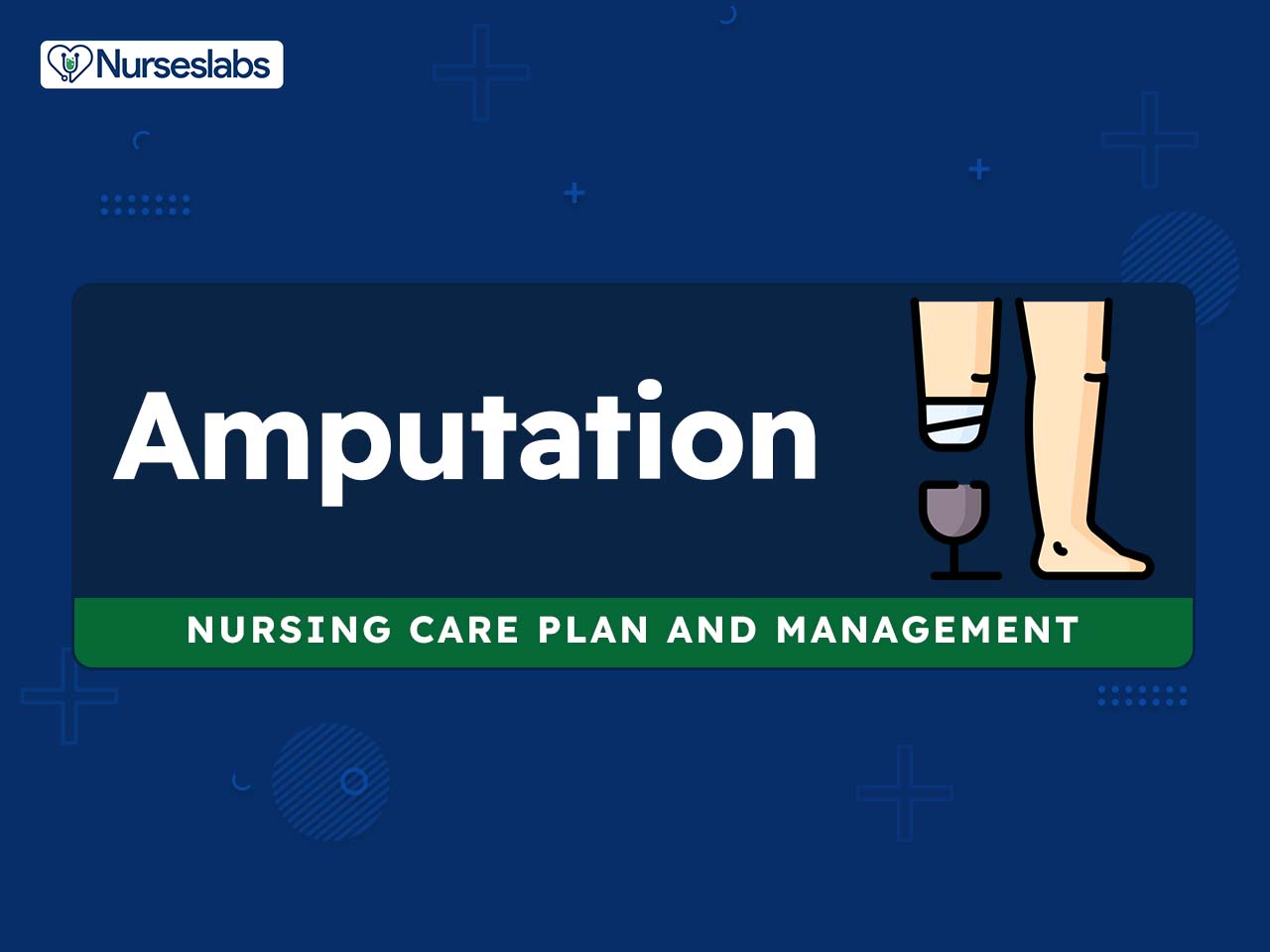

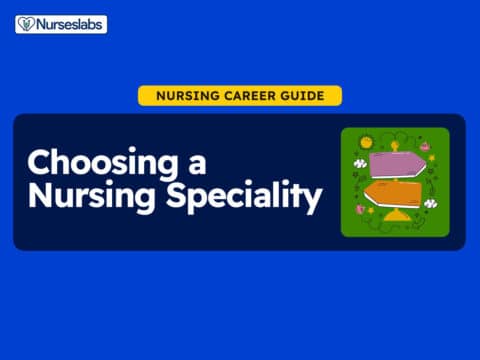
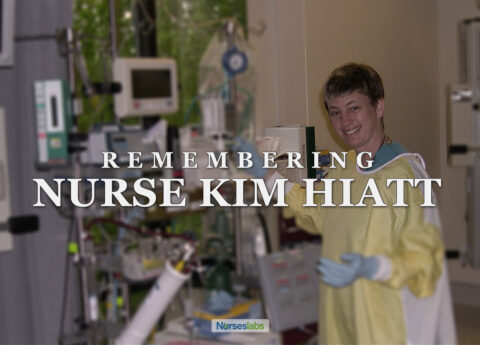

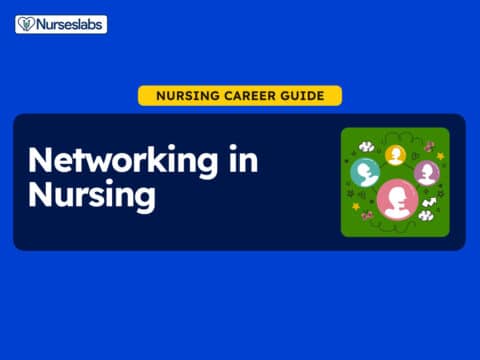


















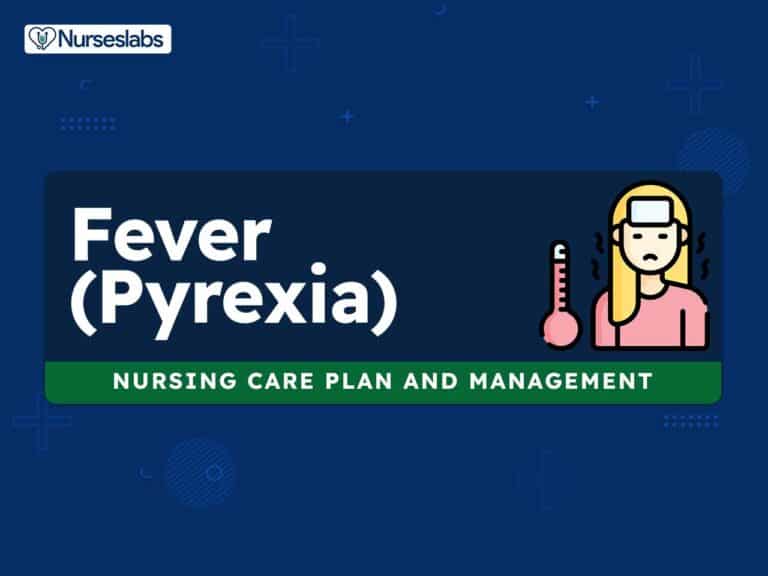
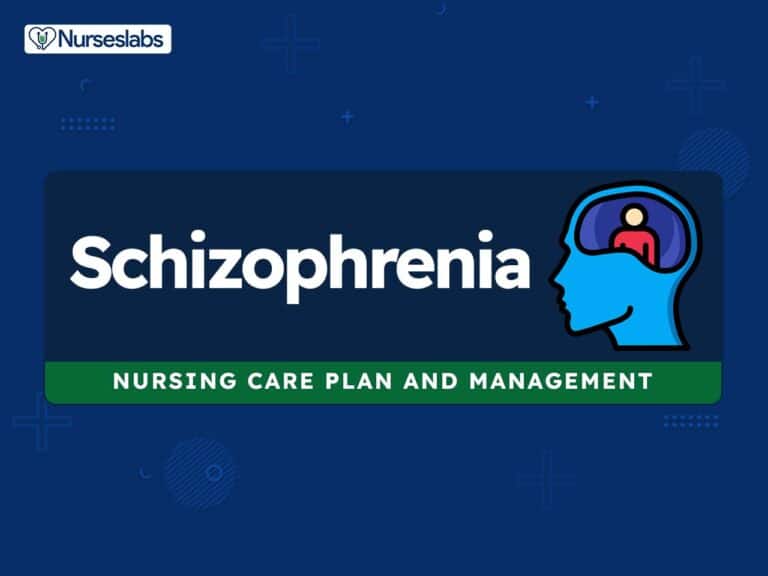
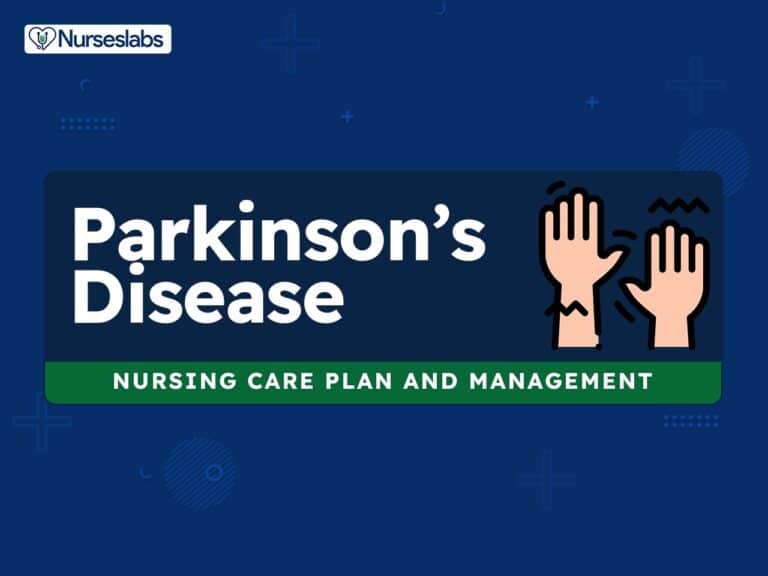

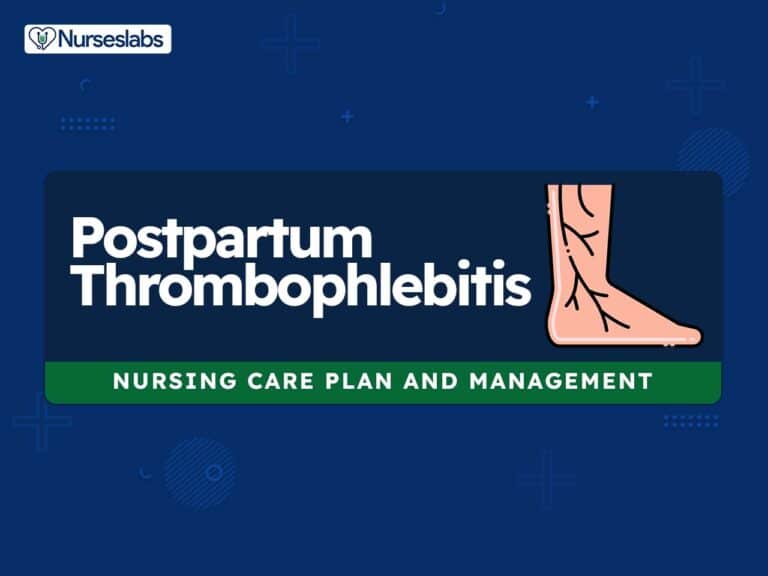
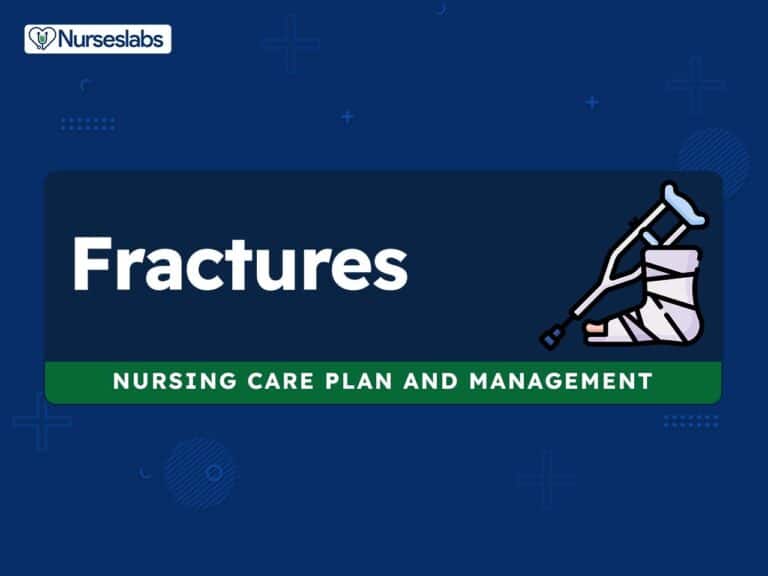
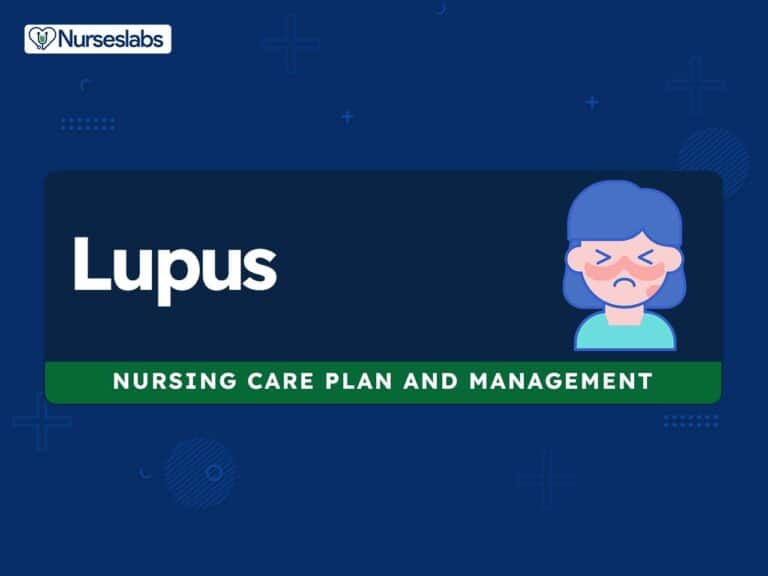

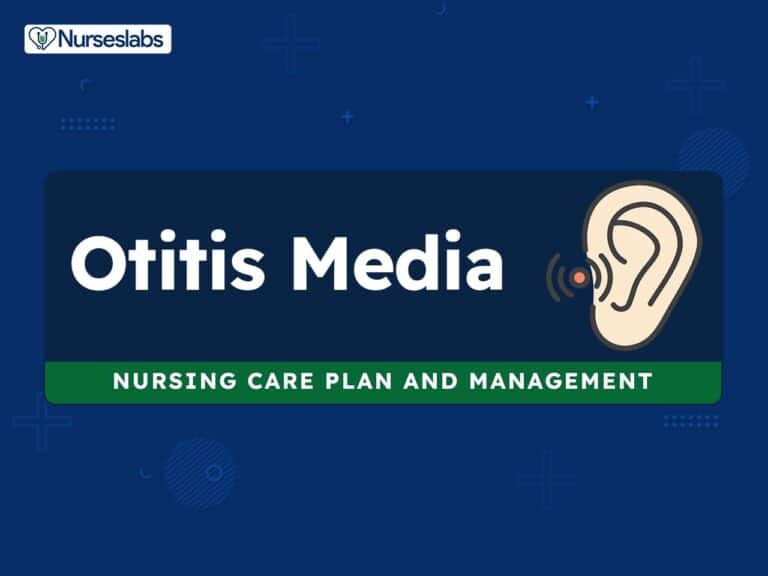
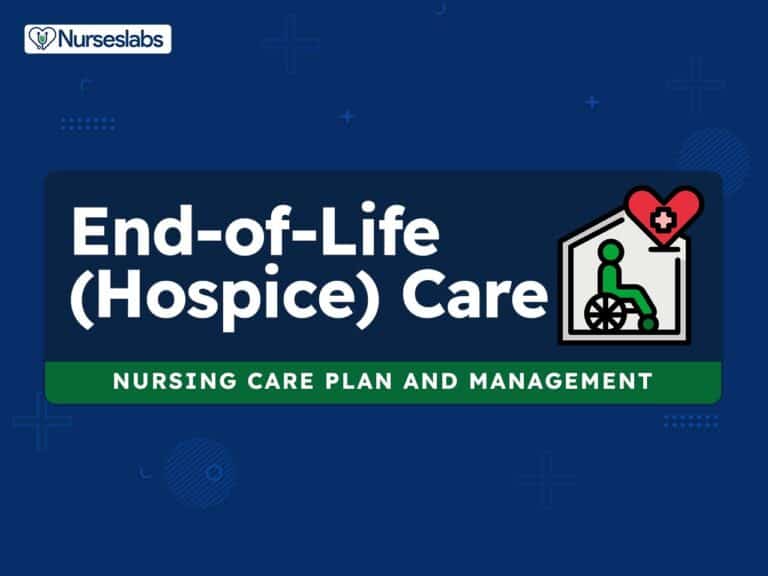
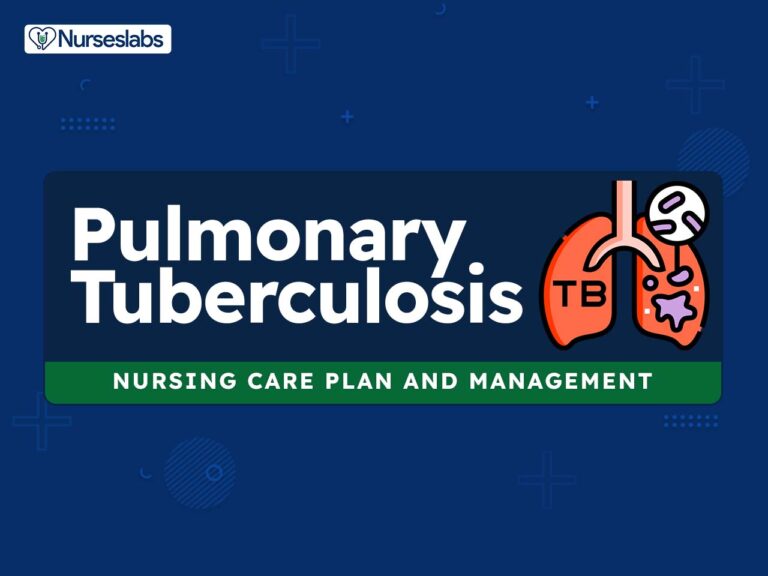
Leave a Comment